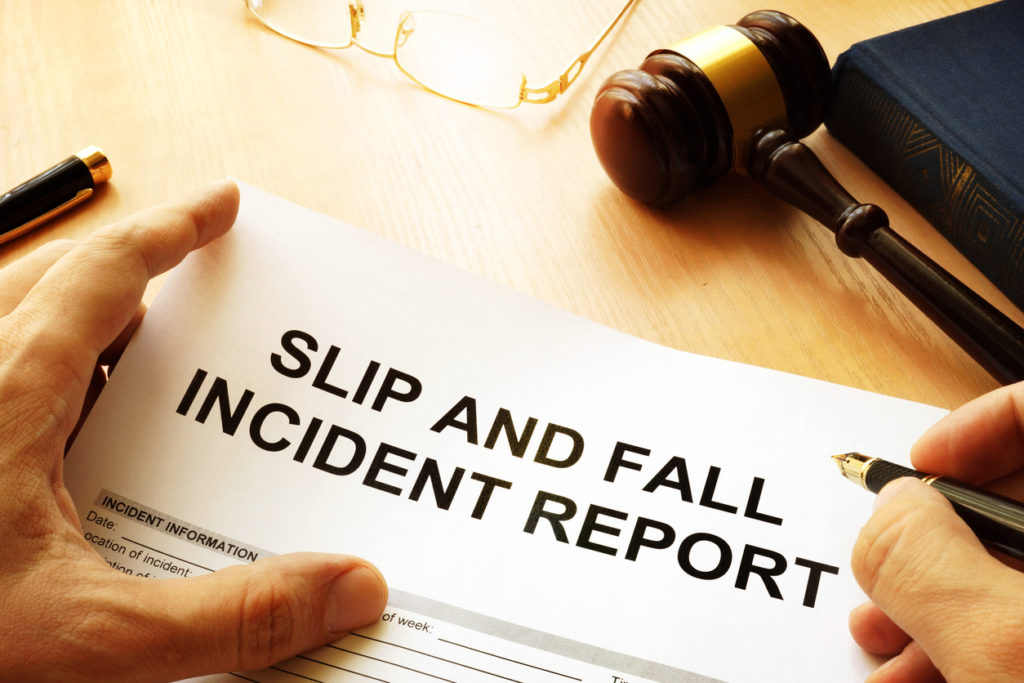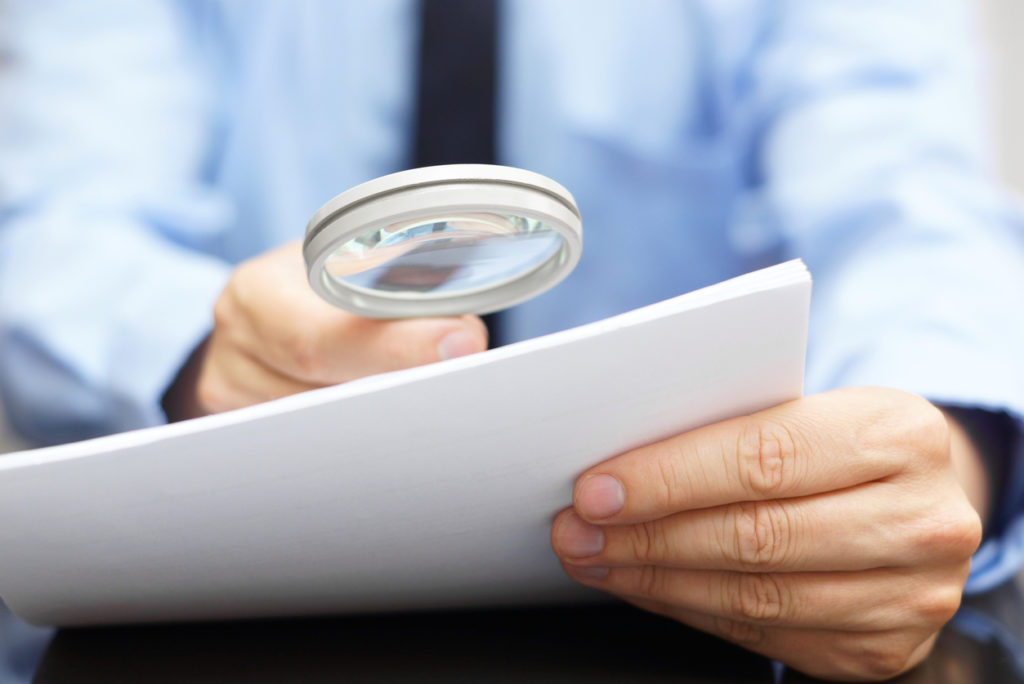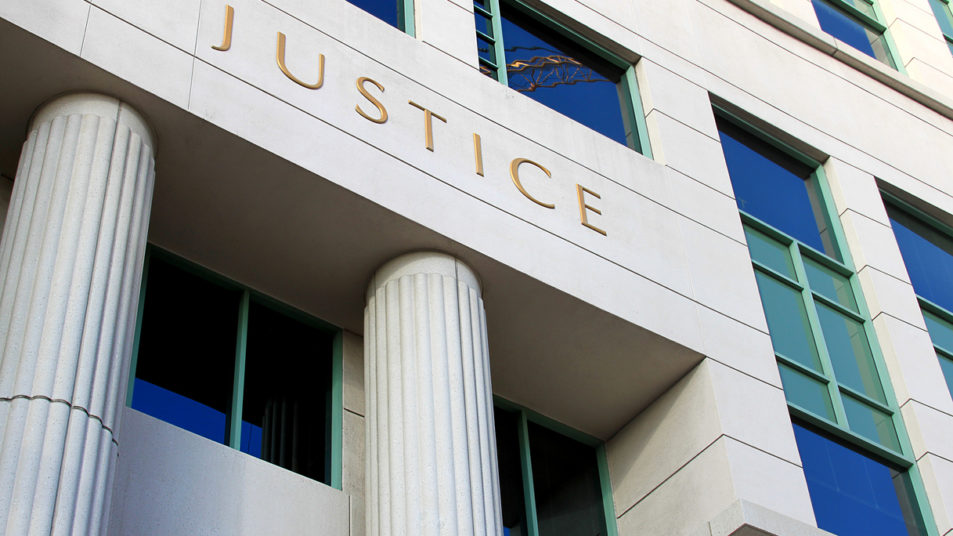Understanding The Personal Injury Lawsuit Process In Georgia
People injured by another person or party may be entitled to compensation for losses and damages
such as pain and suffering. Filing an injury claim is the first step in receiving compensation. Most personal injury claims actually settle without filing a lawsuit.
If a party refuses to negotiate a fair settlement, it may be necessary to work with a personal injury lawyer to discuss filing a lawsuit. Understanding the personal injury lawsuit process in Atlanta, GA can be helpful, especially if you are nervous or worried about how lawsuits work.
The personal injury lawsuit process in Atlanta, GA varies slightly, depending on the type of case and the facts of the case. However, there are common steps that are the same in all lawsuits.
1. Locate a Personal Injury Attorney

It is usually a good idea to contact a personal injury attorney as soon as possible after an accident. An Atlanta personal injury lawyer investigates the accident to gather and preserve evidence proving fault and liability. These are two essential legal requirements to receive compensation for an injury claim.
Choose an attorney who handles personal injury claims. You want someone with experience handling cases like your case. You also want someone who understands the local court system and who is familiar with the judges and court staff.
According to Stephen Hasner, a personal injury lawyer in Atlanta and founder of Hasner Law, “You may need to interview several attorneys to find an attorney who meets your needs. Look for an attorney who communicates effectively, including answering your questions and listening to you. Make sure that you understand the fee agreement before retaining the law firm.”
2. Accident Investigations

After you hire a law firm, the lawyer begins an accident investigation. An accident investigation may involve several steps. Some steps your attorney may take while investigating your injury claim include, but are not limited to:
- Interviewing eyewitnesses
- Obtaining copies of police reports and accident reports
- Searching for videos of the accident, such as traffic cameras, eyewitness videos, etc.
- Requesting and reviewing your medical records
- Visiting the accident scene and gathering physical evidence
- Working with your medical providers to obtain detailed diagnosis and prognosis
- Retain professionals such as accident reconstructionists, medical experts, and investigators, if necessary
- Researching and analyzing application statutes and case law
3. Preparing and Filing a Lawsuit

After conducting a thorough investigation, your lawyer prepares the required court documents to begin the personal injury lawsuit. Attorneys attempt to settle claims without filing lawsuits whenever possible to save time and money.
A lawsuit begins by filing a complaint. Generally, complaints are filed in the county in which the person being sued resides. The complaint details the nature of the legal dispute. It contains details of the accident and the legal basis for holding the party responsible for the accident responsible for your damages.
The complaint is served on all defendants (the parties being sued) with a summons. The summons directs the parties to file a response or answer within a specified period.
If a party fails to respond to the lawsuit, your attorney files a motion with the court asking for a default judgment. The court sets a hearing date. In most cases, the court grants a judgment if you present facts proving that the defendant is responsible for your injuries and damages.
If the party responds to the complaint, the lawsuit proceeds to the discovery phase.
4. Discovery Phase

The discovery phase is used to gain additional evidence and information you can use to prove your case. Each party has the opportunity to use several discovery tools to gather evidence.
Common discovery tools used by parties to a lawsuit include:
- Depositions — Interviews conducted under oath.
- Request to Produce — Written questions asking for documents and information related to the case.
- Interrogatories — Written questions that a party must answer under oath.
- Request for Admissions — Written statements that a party must admit or deny.
The exchange of evidence is a way to gain additional information to build a case against the other party. Your attorney may continue to consult with various experts during the discovery phase. The discovery phase can take several months or a year to complete, depending on the complexity of the case.
5. Pre-Trial Motions
Attorneys may file one or more pre-trial motions to resolve issues before trial. An attorney may file a motion to dismiss if he believes that you do not have sufficient evidence to prove your case. Your attorney may file a motion for summary judgment asking for an immediate ruling based on the evidence already presented.
Both attorneys may file motions to keep certain evidence out of the trial or prevent witnesses from providing particular testimony. The motions filed depend on the circumstances of the case.
6. Negotiations
The parties continue to negotiate during the preparation for trial. After the other party reviews the evidence your attorney has gathered, the party may be more willing to settle the matter before trial.
A settlement of the personal injury lawsuit may be reached at any point before the jury decides the case.
7. Trial
The case proceeds to trial if the parties do not reach a settlement. During a trial, both parties present witnesses and evidence that supports the parties’ allegations.
After the presentation of all evidence, the judge instructs the jurors regarding the applicable law and provides instructions for deliberations. The jury considers the evidence presented during the trial and returns a verdict.
Either party can file an appeal if the party disagrees with the outcome of the case. An appeal can take months to years to complete.

Leave a Reply